Search
Search Results

Image
Knossos Palace, Crete - Reconstruction
The palace of Knossos, was constructed c. 1700 BCE. In addition to its political function, it was perhaps also designed as an economic and religious centre for the Minoan civilization. Knossos was destroyed for the final time c. 1380 BCE...
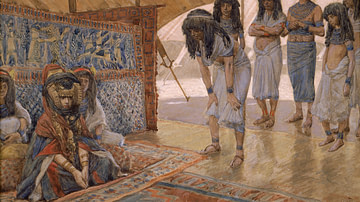
Image
Sarai Is Taken to Pharaoh's Palace
Sarai (Sarah) Is Taken to Pharaoh's Palace by James Jacques Joseph Tissot, c. 1896-1902 CE.
Jewish Museum, New York
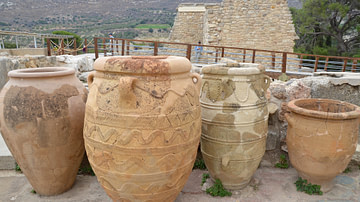
Image
Minoan Storage Jars at the Palace of Knossos
These are four of the 150 giant pithoi (storage jars) found in the West Magazines (storage rooms) of the Palace of Knossos. The jars once held oil and wine and dry materials such as grain. The capacity of the storerooms was about 80,000 litres...
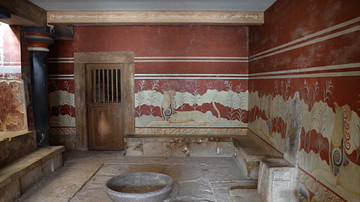
Image
Throne Room at the Palace of Knossos
The Throne Room at the Palace of Knossos in Crete was a chamber built for sacred ceremonials during the 15th century BCE and was part of a larger complex that also included an anteroom and an inner chamber. The throne, made of alabaster and...
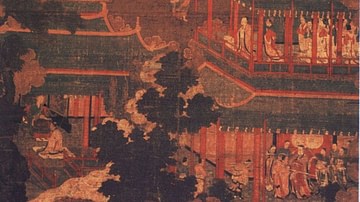
Image
Goryeo Palace Painting
A painting of the royal palace at Songdo (Kaesong). Goryeo period (918-1392 CE), Korea.
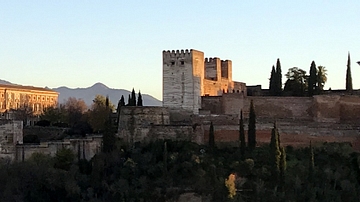
Image
Alhambra Palace
The Alhambra Palace. Granada, Spain. 9th-13th century CE.
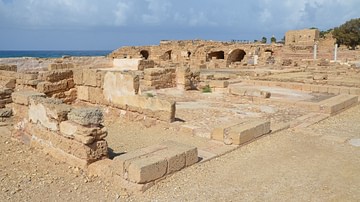
Image
Byzantine Governor's Palace, Caesarea Maritima
The Praetorium, the Byzantine Governor's Palace, combining administration, financial and judicial functions, Caesarea Maritima, Israel
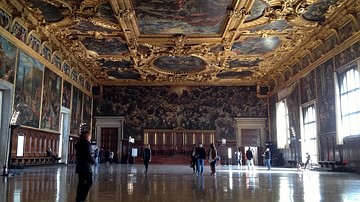
Image
Hall of the Great Council, Doge's Palace, Venice
Hall of the Great Council, Doge's Palace, Venice. The room is 53 meters long and 25 meters wide (173 x 82 ft) and can seat 2,000 people. On the back wall is one of the largest oil paintings on canvas in the world: The Glory of Paradise by...

Image
Royal Palace, Old Dongola
The remaining part of the royal palace of Old Dongola, Sudan. Built c. 1002 CE, it was converted into a mosque in 1317 CE.
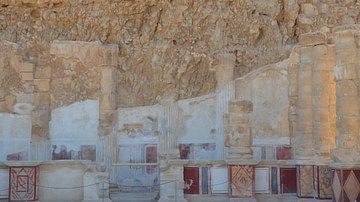
Image
Lower Terrace of Herod's Northern Palace, Masada
The lower terrace of Herod's Northern Palace, Masada, Israel.
The lower terrace was used for receptions and banquets. It was enclosed on all four sides with porticoes and included a Roman baths.